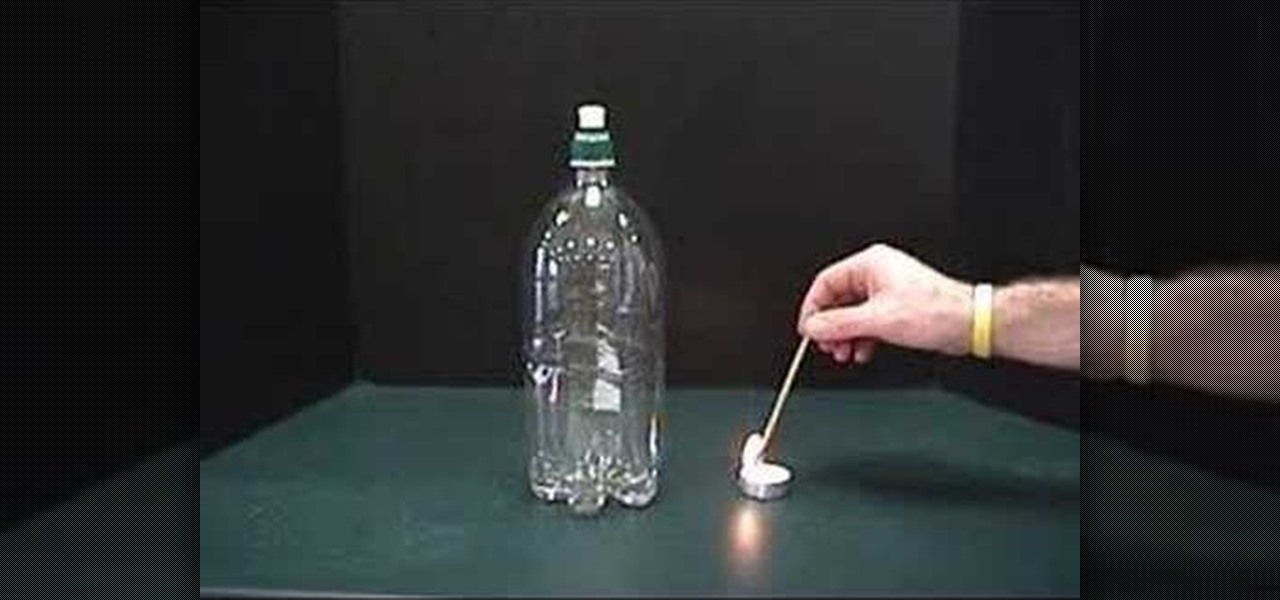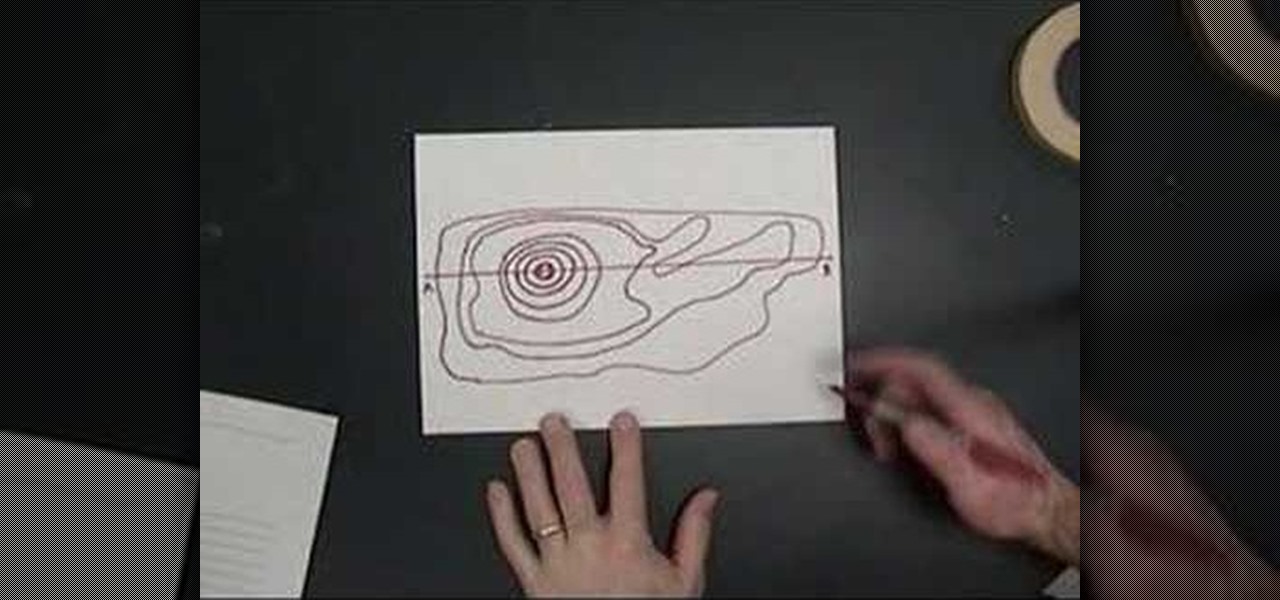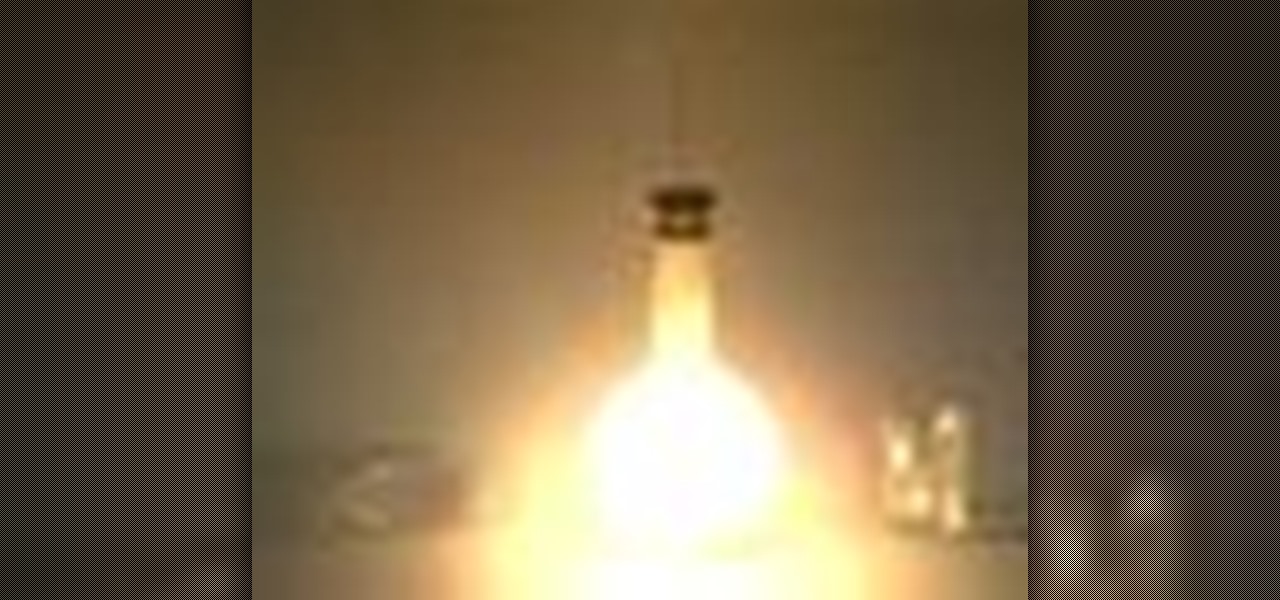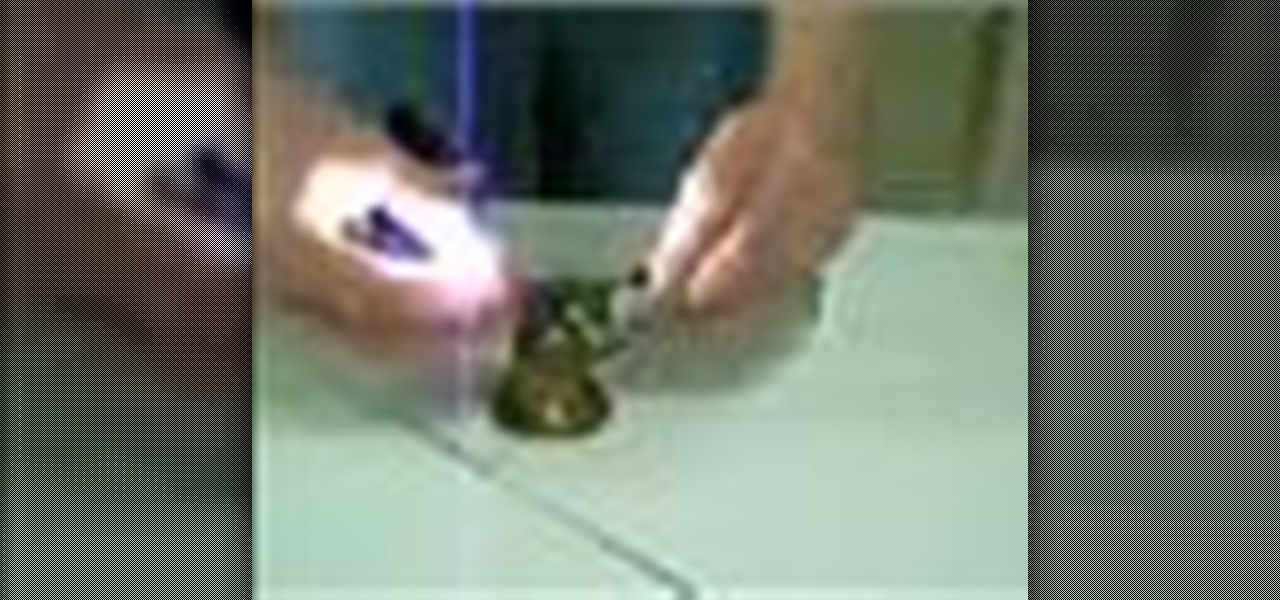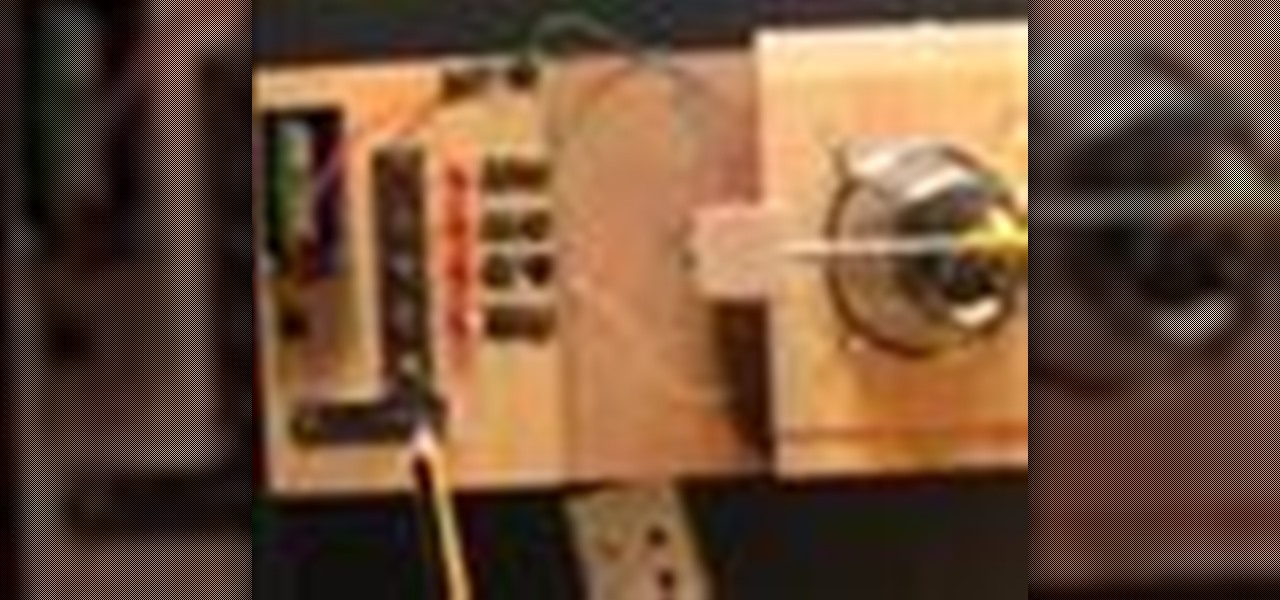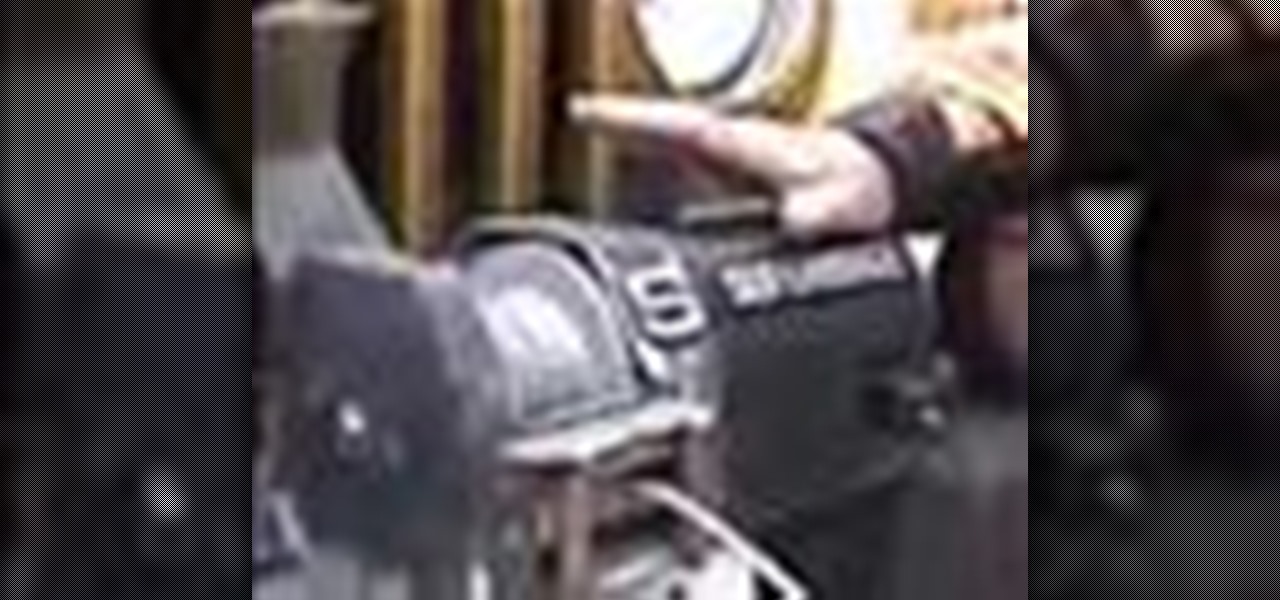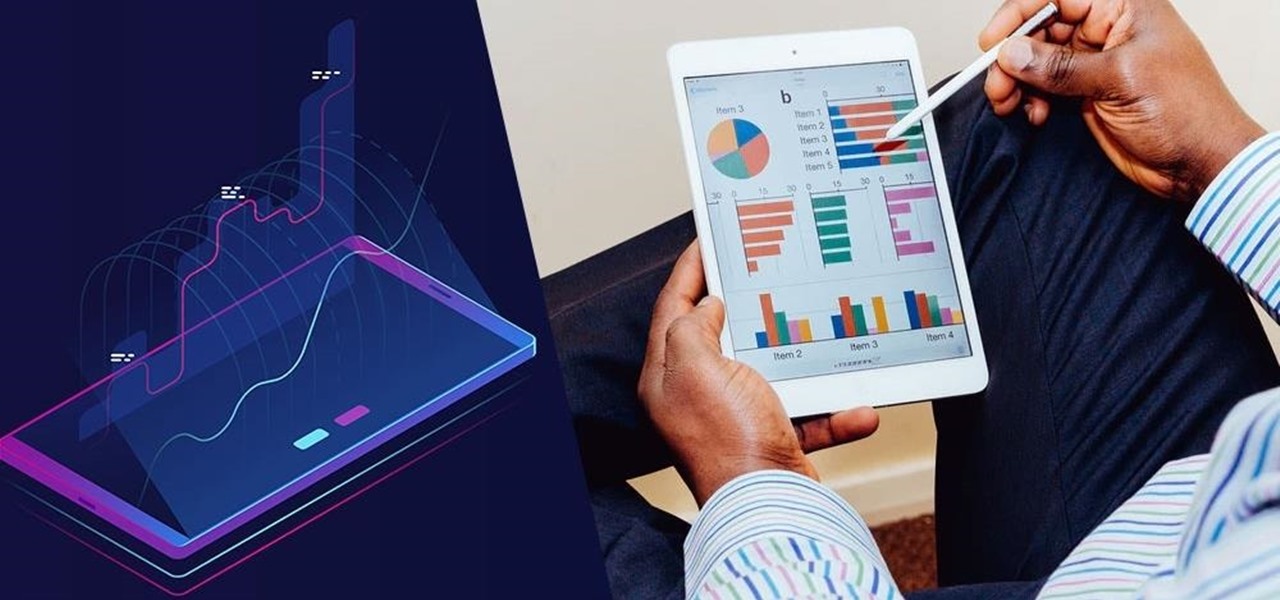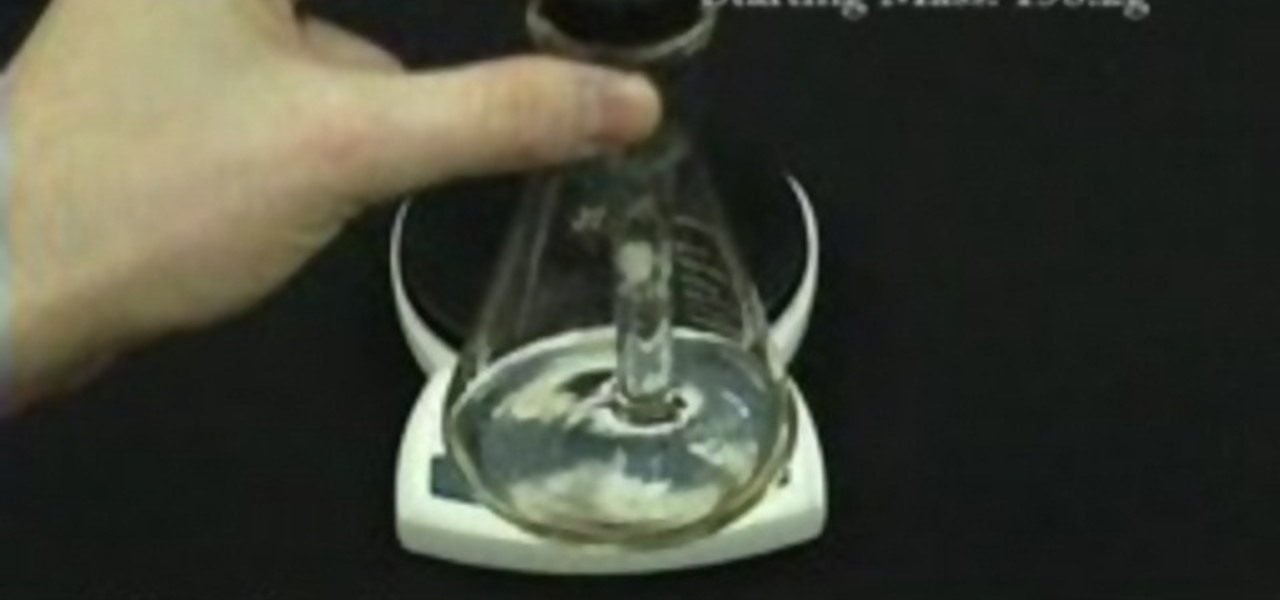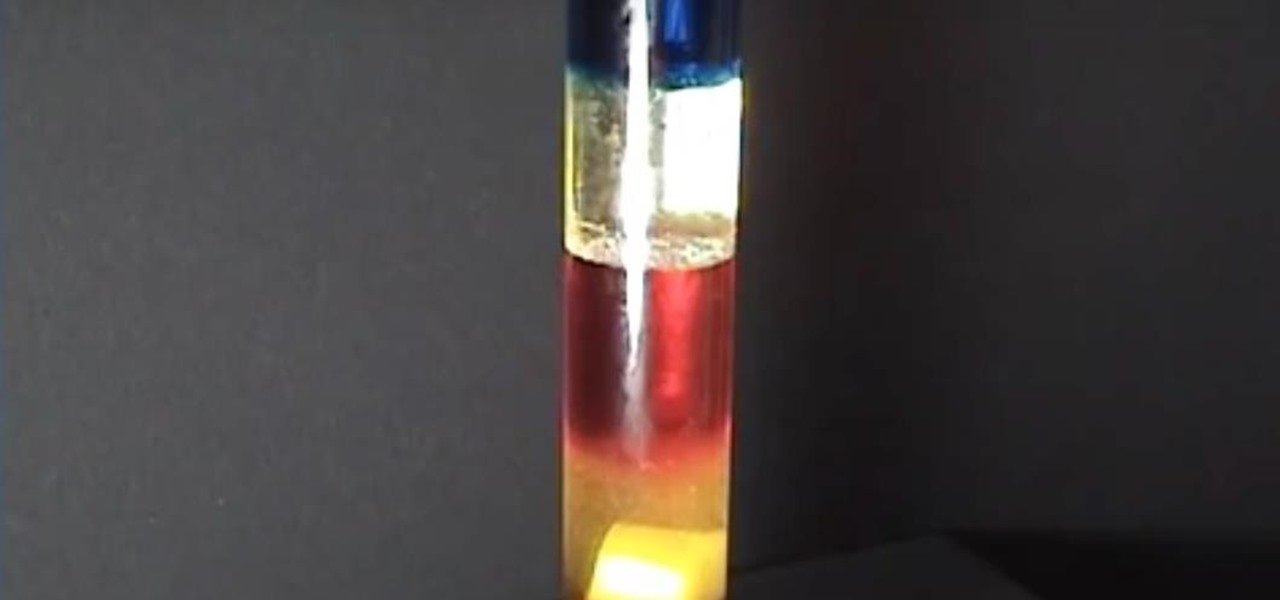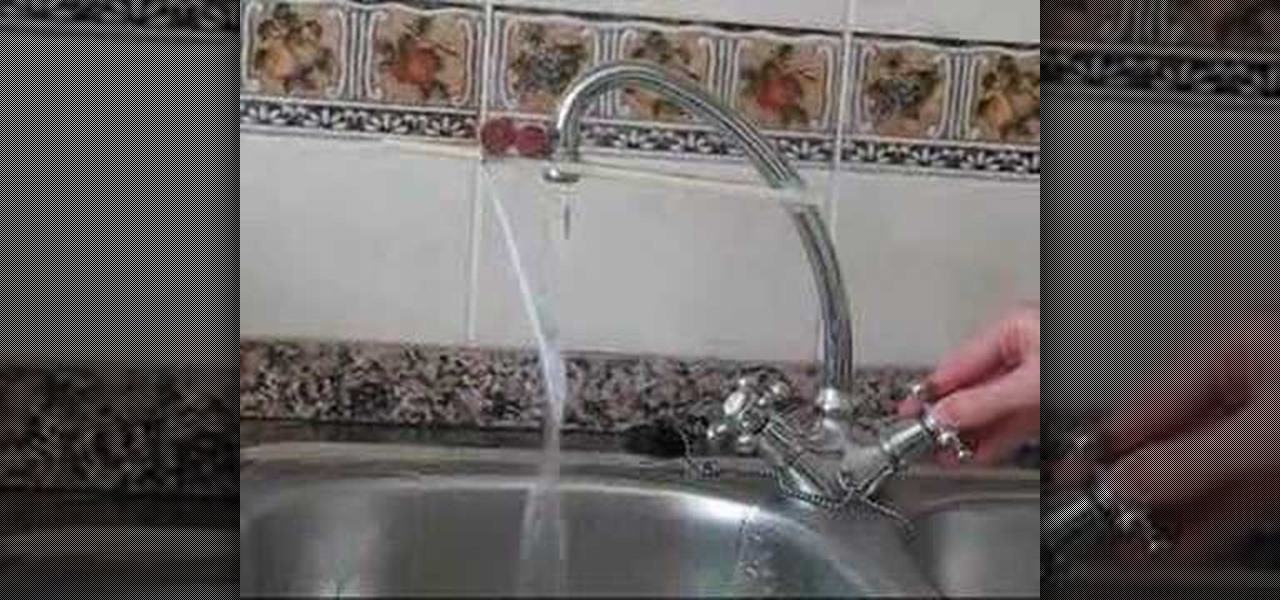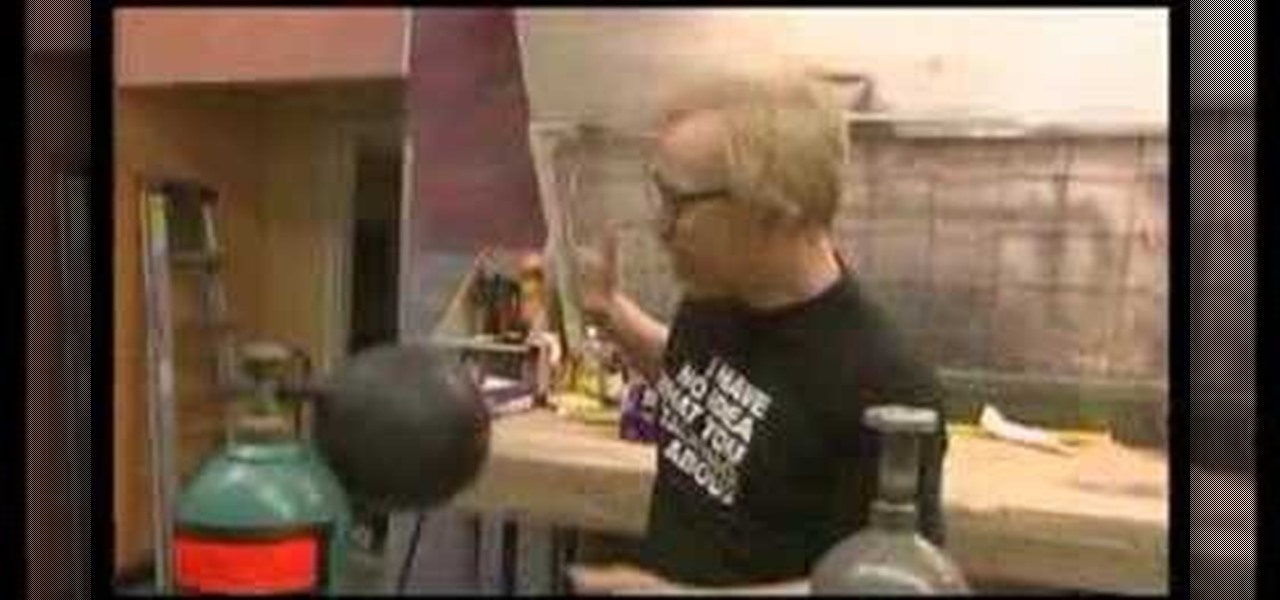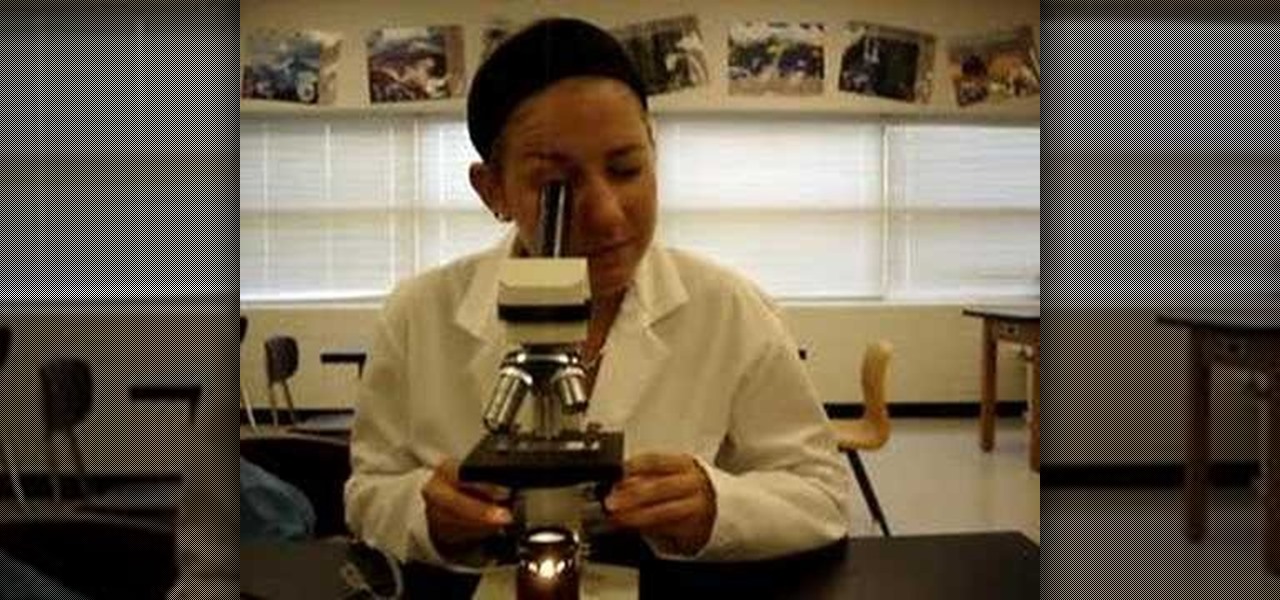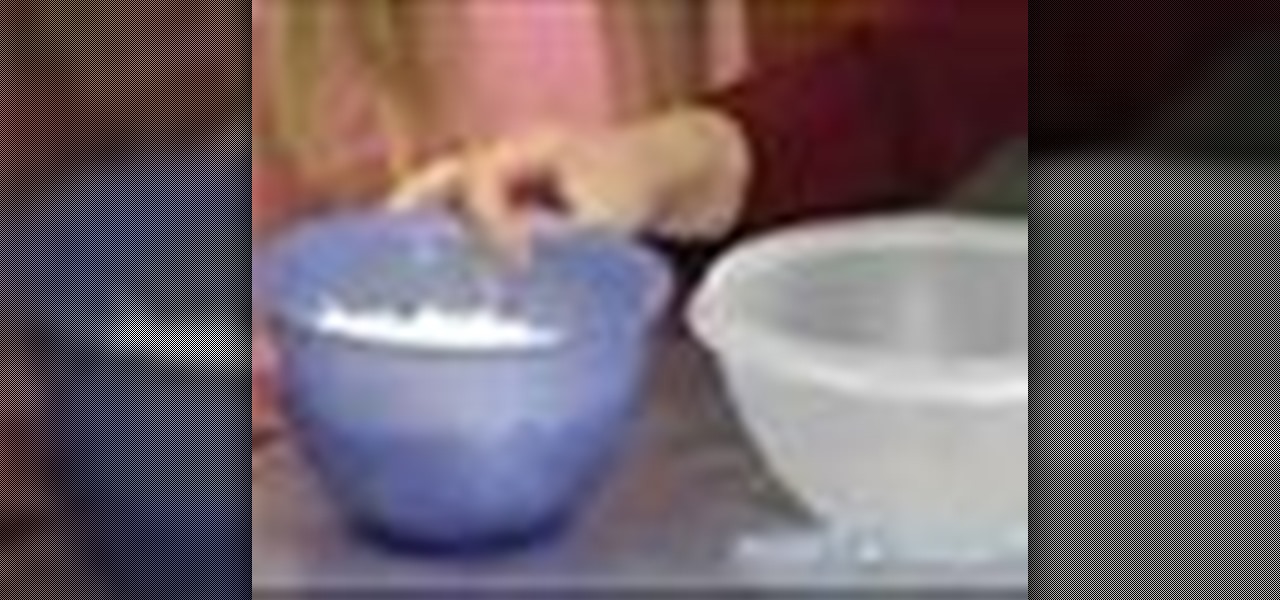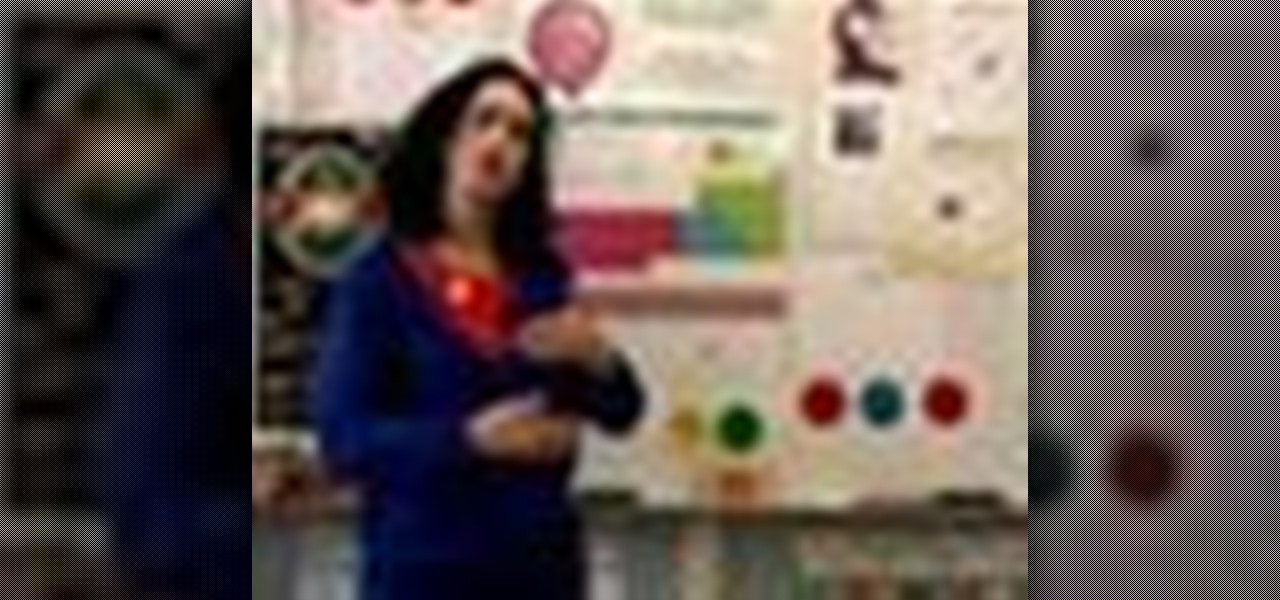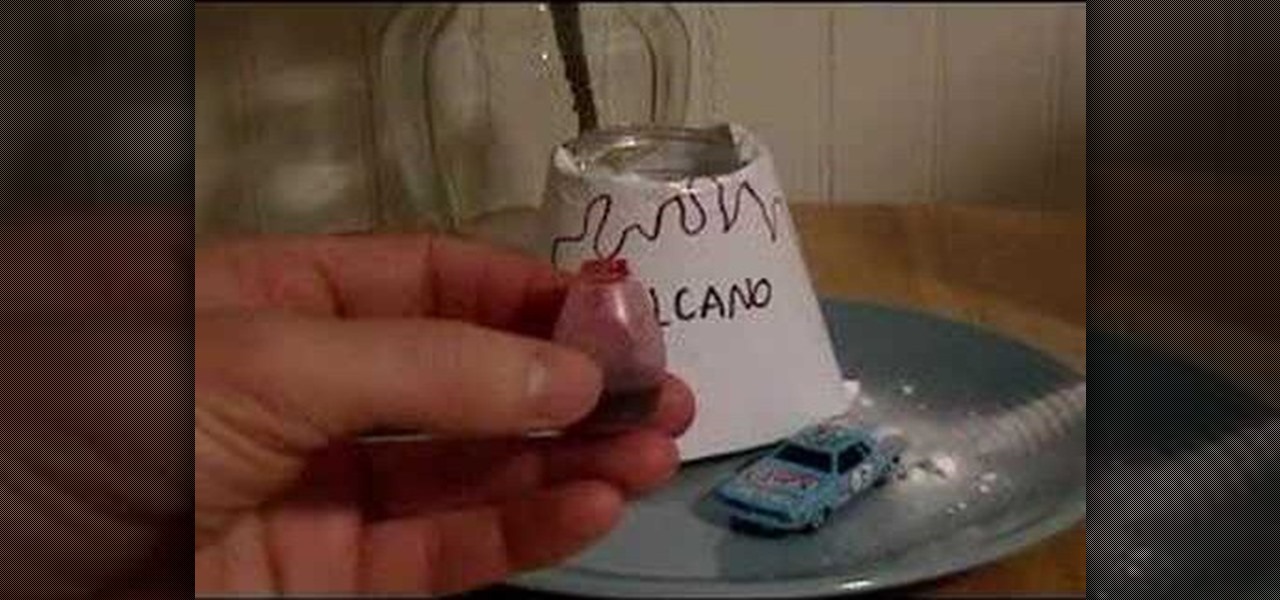
Watch this video tutorial to see how to make a colorful density bottle. To do this science lab experiment, you'll need food coloring, a plastic bottle, clear baby oil and extra things to put into the bottle, like glitter or sparkles.

In this science tutorial video, learn how to make a simple lamp from household materials. This lamp is great for power outages and other stuff like camping. All you need is some type of alcohol (isopropyl, ethonal, or even vegetable oil), a pair of scissors, a jar with a lid, and a cotton ball. Make your own alcohol lamp with this instructional video.

Few household products can turn ordinary milk into cool solid balls. Check out this instructional science video to learn how to turn milk into solid balls using average household products. This is a great experiment to make with your kids. Just don't let them eat the balls.
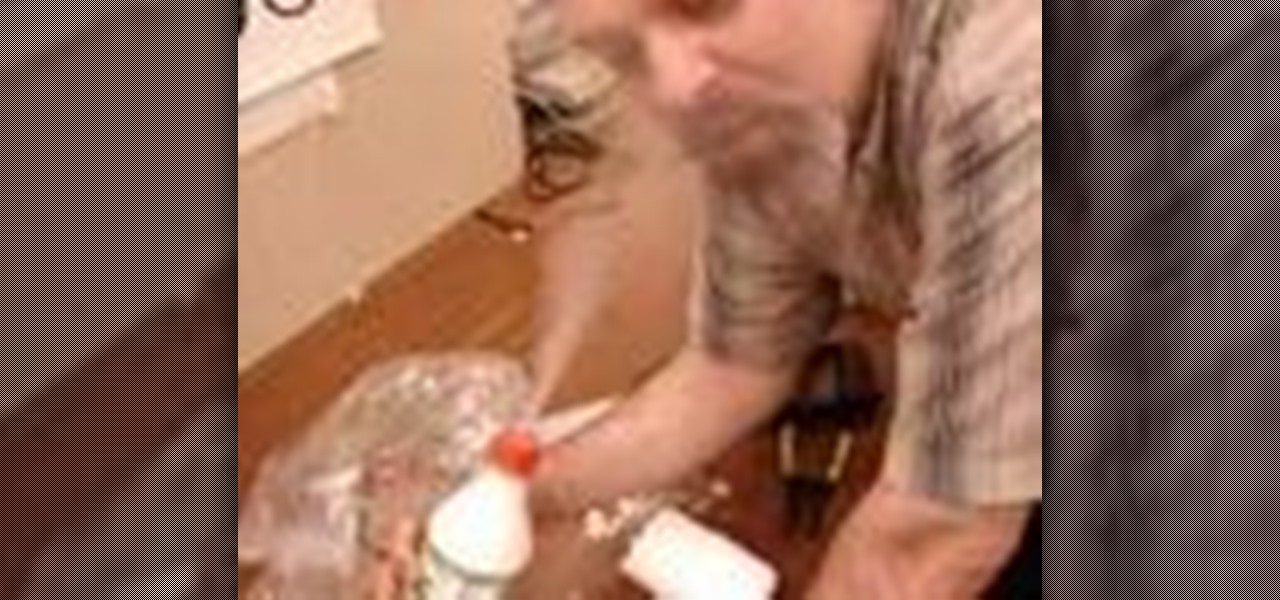
Between "genuine danger" and "raving safety paranoia," there must be some sensible middle ground for dry ice.

Check out this super educational video tutorial on a dissection of the heart and lungs of a lamb.

In this how to video, learn to make sodium acetate (hot ice) with household items. Make a heating pad, that is re-usable more than 100 times, with this step by step science experiment.

Learn how to make clouds in a bottle with this great science experiment.

Demonstration on how to make a topographic profile for an Earth Science Lab.

This is a science experiment illustrating the reaction between chlorine, sodium & water.

A science project/trick video showing how to make an easy version of elephant's toothpaste, with materials that everyone has around the house.

This tutorial tests the conductivity of metal. This is a simple science experiments that children will enjoy. They can test many objects in the home. This is play and learning combined.

This simple weather instrument is an example of electronic instrumentation, it uses a swinging pendulum conductor and four LEDs to indicate wind direction. This simple, but sophisticated, device is suitable as a science fair project or as a project in the grades 6/7/8 technology program of a school.

Pulleys are simple machines. A knowledge of pulleys can be very useful. This short video shows how to use a pulley to increase the pulling power of a winch. Supports the Force, Work and Energy component of any science curriculum.

Every day we pass bridges, whether it's a foot bridge, a highway overpass, a span over water, or a viaduct over a valley. We pass on these structures without even thinking of the engineering genius that went into their design and construction, let alone the science behind their strength.

Before the internet, acquiring enough data to analyze was challenging. Now we have the opposite problem: a deluge of data makes trying to sort through it nearly impossible. That's where data science comes in.

Watch this science video tutorial from Nurd Rage on how to make a mirror silvering solution from silver nitrate, ammonia, sugar, and sodium hydroxide.

Try out this science experiment... watch this video tutorial to learn how to illustrate the scientific concept of conservation of mass. This is purely educational, and not as exciting as some other demonstrations, but this does clearly illustrate the concept of conservation of mass.

Here's a simple home science experiment to demonstrate to kids the different weight and viscosity of various liquids. The liquids near the bottom are more dense while the liquids on top are less dense. This can also be used to determine the relative density of solid objects. Place them in the container and see where they float.

This free video science lesson from Northern Kentucky University demonstrates a simple technique for crushing an aluminum soda can with air pressure. For all of the relevant details, and a complete demonstration of the experiment itself, watch this video guide.

See what happens when you mix a few cooking ingredients into water! This video tutorial will show you the trick to stiffen water with flour and salt. It's a pretty simple trick, and you don't need to be a science genius to do it. Just mix a little salt and flour together, then dump into the pre-boiled water and watch as it hardens completely stiff.

Learn how to make bubbles burn in this science video tutorial. You will see exactly how to make burning bubbles, with aerosol spray deodorant, a bowl of water, and liquid soap. It's a pretty simple experiment -- you just pour some dish soap in the water, stir it, then spray the deodorant can while submerged in water. The final step is lighting the burning bubbles on fire. Yeah!

This experiment is very easy and inexpensive. It can be done at home. You will need a bowl, some water, some pepper, and some soap. You can use your finger to repel pepper, to the sides of the bowl. Simple, but fun.

A spectrometer is an optical instrument used to measure properties of light over a specific portion of the electromagnetic spectrum. This video will show you how to make a spectrometer out of a cereal box and a compact disc. This spectroscope is sure to amaze your kids for a nifty science project.

Check out this simple experiment using running water from a tap, and air blown through a straw, as it flows over the back of a vertically hanging plastic teaspoon are used to demonstrate the Coanda effect. Here the attachment of the back of the teaspoon to the flowing stream of fluid (air or water in this case) is what is referred to as the Coanda effect. Watch this how to video and you will be able to create the Coanda effect with your kids at home.

Check out this educational science video tutorial from Mythbusters that reveals the secrets to making your voice higher or deeper with various gases. This instructional video demonstrates how (and explains why) helium turns your voice into Donald Duck, while sulfur hexafluoride transforms your voice into Satan. Watch this tutorial and have fun with gas!

Are you a veterinarian? Want to know more about the hoof of a horse? Well, check out this educational video on the equine thoracic limb: the hoof. After dissecting the horse, take a deep look at the hoof to understand and know the inner science of its anatomy. This is a great tutorial for all veterinary practices, for equines that is.

This video tutorial is on the dissection of cat, focusing on the digestive, circulatory, and respiratory systems. You'll see the duodenum, the colons, and even the rectum of these cute little kitties. This anatomical look inside of a cat is a great look at the science of the body.

Understand quantum physics and mind matter interface with an explanation from Dean Radin, Ph.D on "The Stupidity Hypothesis." Watch this video on learning how to understand science to improve your life.

In this science experiment tutorial learn how to get a candle to burn underwater. Impress your friends with this amazing trick.

In this science tutorial learn how to measure temperature using a thermometer. This how to video goes over Celsius and Fahrenheit measurements.

In order to teach 7th graders how to act while in the science lab, this 7th grade teacher made her own instructional videos on how to use equipment and act in class. Check out this how to video on the right and wrong ways to operate a microscope.

Learn how to find out exactly how strong a strand of your hair is with this science experiment.

In this simple kitchen science experiment, you'll see how to make your very own, cool, lava lamp.

A science experiment for all ages. Keep the kids busy over the holiday. This demonstration will entertain them for hours. You can have fun making one for each of the kids in your family. All you need is a penny and a bottle.

This is a Popular Science tutorial on how to operate an at-home nuclear fusion reactor. Here Thiago Olson, a 15 year old, built a reactor in his garage.

Expert homemaker and educator Karen Weisman teaches how to do fun science projects for children right at home. She teaches how to make ooze, foam, film canister rockets, flubber, virtual vomit, melting witches, rubber bones, and how to do water magic. Also, Karen explains the ingredients necessary for each project and the scientific importance of each project. These videos are fun, educational, and free, so start having fun while learning today!

Are you interested in making a periodic table science presentation? Learn how to make a great science fair project from our science presentation expert in this free video clip series.

Vinegar and baking soda (and red food coloring if you're going all out) combine to make quite the little explosion. After you've made a little paper volcano, watch this video tutorial and learn how to carry out a really easy science experiment. You've probably made a volcano before, but you're never to old to make a mess in the name of "science."

The BBC Focus magazine team enter the 2008 Woolacombe International Sandcastle competition applying the laws of science to build the ultimate sand castle. This tutorial video will give you some tips and tricks on applying science to sandcastles.

You thought you knew everything there was to know about the human body. Well, maybe, but probably not. Check out this science educational video series on the anatomy of the human upper arm muscles.








